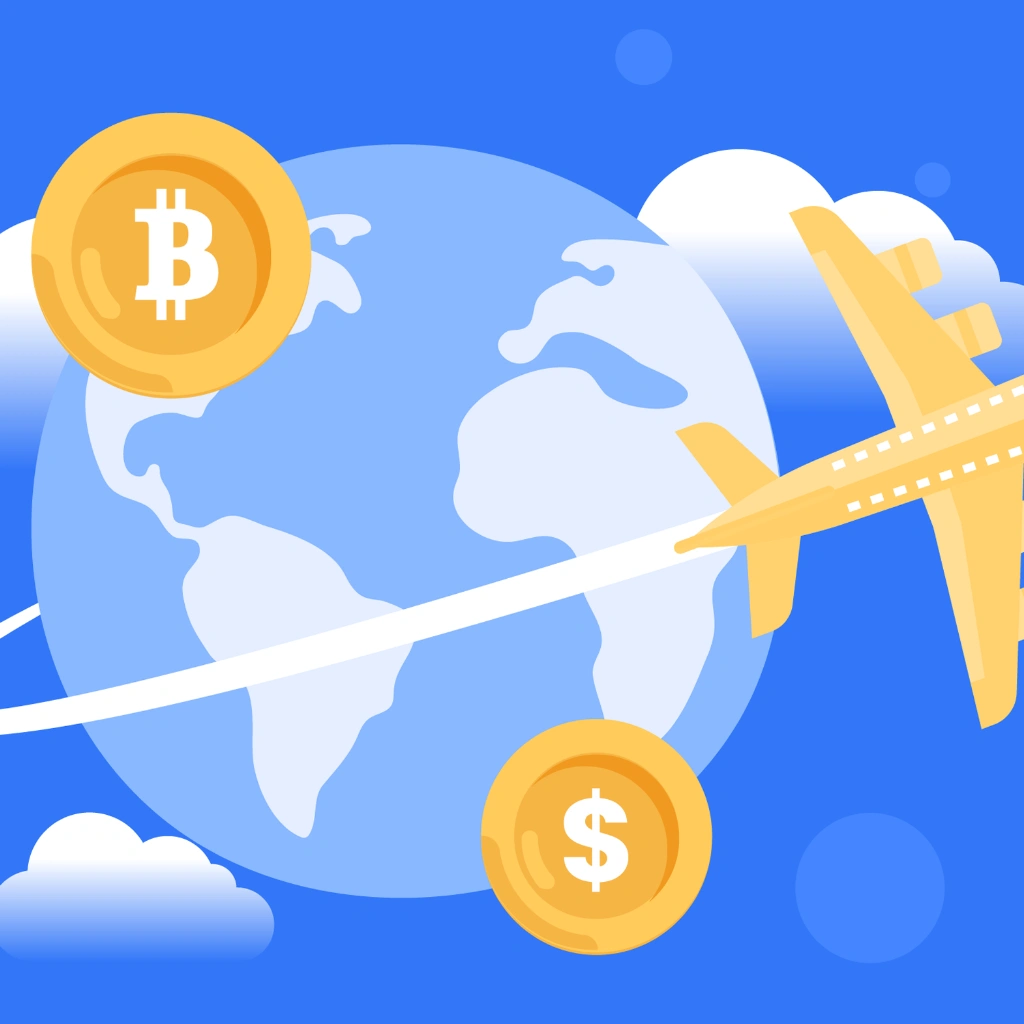By Daniel – Crypto travel savings
Crypto travel savings: When Alex booked his flight to Lisbon, he wasn’t just chasing sunsets and custard tarts—he had a plan. As a longtime crypto enthusiast, he wanted to test something that had been floating around Reddit threads and Telegram chats for years: crypto travel savings.
No banks. No conversion headaches. No foreign transaction fees. Just crypto.
At least, that was the idea.
It All Sounded So Simple


Before leaving, Alex read up on everything he could. Crypto cards from platforms like Binance and Crypto.com? Check. A stash of USDT and Ethereum? Check. Backup fiat cards—just in case? Well, not at first. He was feeling confident.
“I kept seeing people say they avoided all these crazy bank fees just by using crypto,” he told us later. “So I thought, why not try it for real?”
He activated his crypto debit card and loaded it with stablecoins, assuming he’d glide through his trip fee-free. For a while, it worked. Coffee in Lisbon? Paid in crypto. Co-working space in Bangkok? No problem.
Crypto Travel Savings—With Caveats


For the first few weeks, Alex felt pretty smug. His crypto card didn’t charge foreign transaction fees, and purchases converted to local currency without a hitch. In Chiang Mai, a digital nomad hotspot, he even found a vegan café that accepted Bitcoin directly.
“I was like—this is it. This is the future of travel,” he laughed.
But not everything was smooth sailing.
The platform’s crypto-to-fiat conversion fees—tiny at first—began to add up. “It’s like death by a thousand cuts. You’re saving 3% in bank fees but paying 1–2% here, 1% there.”
He also learned about network congestion the hard way when he tried to send ETH to a local friend and got slapped with a $15 gas fee—on a $40 transaction.
The Real Test Came in Italy


Rome was less forgiving.
“Crypto was basically useless in most places,” Alex admitted. “Restaurants, taxis, even smaller shops—none of them took it. I had to fall back on cash more than once.”
He also ran into an issue when his crypto card declined at a train station. A quick check revealed his account was under temporary review due to a KYC update he hadn’t completed.
“I was stranded for like two hours trying to get it sorted out. Honestly, at that point I missed my old bank.”
When Crypto Does Shine
Despite the hiccups, Alex isn’t giving up on the idea entirely. He says crypto worked best when:
- Staying long-term in places with decent crypto infrastructure
- Dealing with unstable currencies, like during a short trip to Argentina
- Sending money peer-to-peer for shared accommodations or tour groups
“If you’re a freelancer getting paid in crypto and living in places like Bali or Medellín, it makes sense,” he said. “You avoid banking altogether.”
So, Is It Worth It?
After three months and five countries, Alex walked away with a more realistic view.
“Yes, you can save money—sometimes. But it’s not seamless. It takes prep, and you need to understand the hidden costs.”
He now tells fellow travelers to treat crypto like a secondary tool, not a primary one. “Bring it, test it, use it where it works. But don’t rely on it 100%—not yet.”
Final Thoughts: Crypto Travel Savings—A Mixed Bag
Alex’s story is far from unique. As more travelers experiment with digital currencies, stories like his offer valuable perspective.
Crypto travel savings are real—just not foolproof. If you know what you’re doing and don’t mind the occasional hiccup, they can cut costs. But it’s not the travel utopia some crypto influencers promise.
Bottom line? Alex puts it best: “Crypto’s like hiking boots. Great to have on certain trails. But you don’t wear them to the beach.”
Relevant news: HERE




